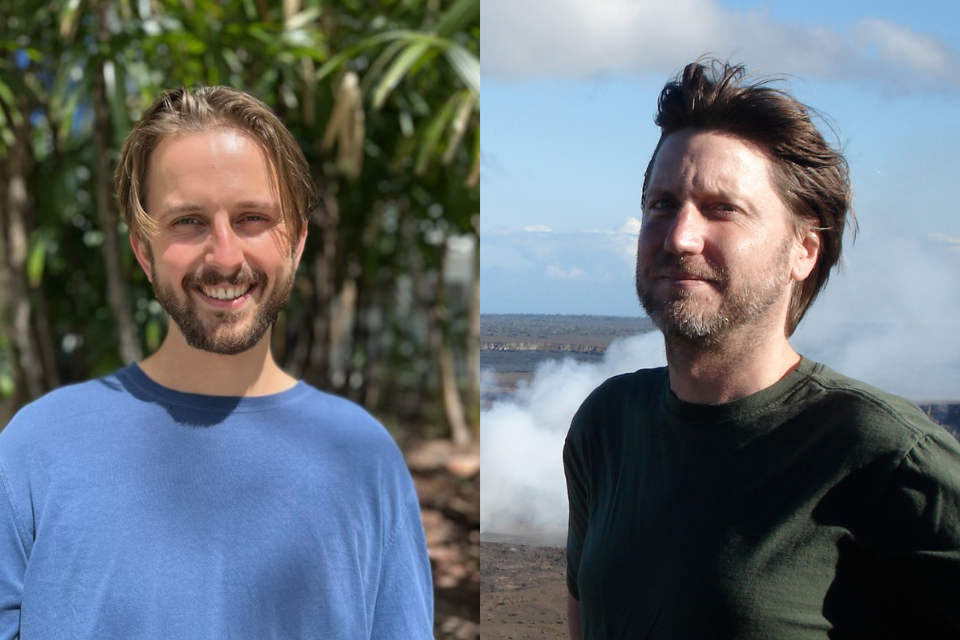
A Canadian-led team of international astronomers has made a groundbreaking discovery about how young planets form and grow using a creative approach with unique tools of the James Webb Space Telescope.

A team of astronomers working with the James Webb Space Telescope (JWST) has detected six new ‘rogue planets,’ a discovery that could help us learn more about how stars and planets form.

Astronomers have found water vapor around a young star within the constellation Taurus, 450 light-years away from Earth.

Bits of glass called Hiroshimaites may have formed by processes similar to those that formed the Sun and the planets.

How long does planet formation take? Maybe not as long as we thought, according to new research.

It’s the first time such a disc, identical to those forming planets in our own Milky Way, has ever been found outside our galaxy.

Instruments on NASA's Webb telescope are providing new clues about the time window when planets can form around a young star.

Solving the mystery of how planets like Earth were formed is an important question for understanding the origin of life.

TOI-4860b happens to orbit a tiny star, completing each lap in just 1.52 days. It joins a small number of worlds that pose a fascinating puzzle - there are currently no known formation pathways for such chonkin' planets around such small stars.

The host star, TOI-5205, is just about four times the size of Jupiter, yet it has somehow managed to form a Jupiter-sized planet, which is quite surprising.

The planets in our Solar System formed progressively. Small grains grew over time into kilometer-sized planetesimals by accumulating more and more material through their gravitational pull.

It looks like we may have to update our theories on how stars and planets form in new solar systems. According to a new study, it looks like planets and stars can form and grow up together.

A new study presents the first-ever direct images of twin baby planets forming around their star. The proud mama is PDS 70, a star in the Centaurus constellation. It’s about 370 light years away.

Astronomy is advancing to the point where we can see planets forming around young stars. This was an unthinkable only a few years ago. It was only two years ago that astronomers captured the first image of a newly-forming planet.

Using Earth's most powerful array of radio telescopes, astronomers have made the first observations of a circumplanetary disk of gas and dust like the one that is believed to have birthed the moons of Jupiter.